Transsexuals or hermaphrodites; hijras as the group as referred to in our country have always been portrayed a certain way in our Hindi films. Bollywood has typically resorted to stereotypes when it comes to showing the third gender. Hindi films have rarely tried to explore the world and the psyche of the hijra; third gender portrayals are usually caricaturish objects of ridicule or malevolent and downright evil.
Hijras are there for the ribald songs

Sajj rahi gali meri amma from Kunwara Baap, Tayyab Ali from Amar Akbar Anthony, these songs feature the typical hijra as being demanding and loud. Hijras are often used as a device in Hindi films songs and can be an excuse for suggestiveness and ribaldry.
Hijras are often supposed to provide comic relief

Gulab Singh in the film Raja Hindustani probably encapsulates the cross dresser/ hijra character in Hindi films: meant to provide a low brow comic relief, as effeminate and suggestive. This portrayal is also sympathetic to an extent, as it suggests a certain human decency.
Over the top characters
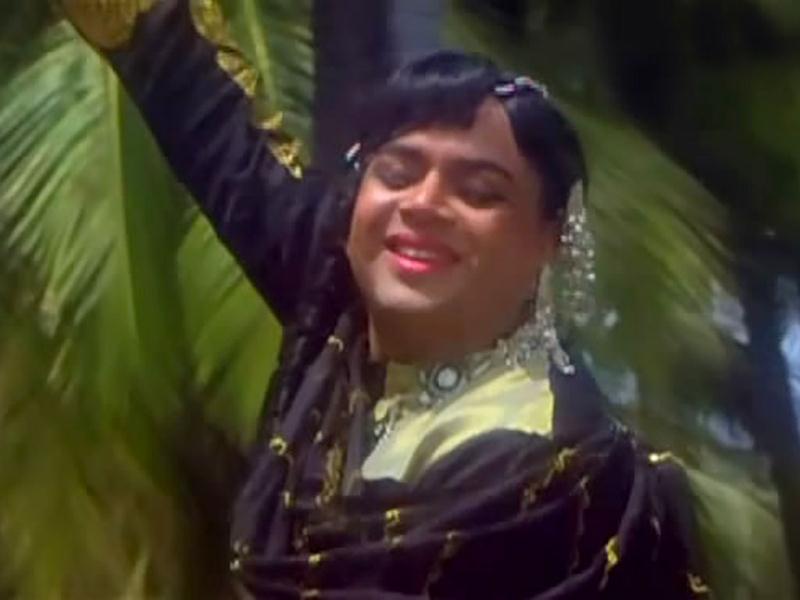
The character is generally garishly dressed and made up, and the actions and body language are always terribly over the top with the exaggerated hip swinging walk, the loud claps and so on. Considering the fact that the average hijra accosting one at traffic signals is pretty garishly dressed and in your face, this is to be expected.
Supposedly they all like men
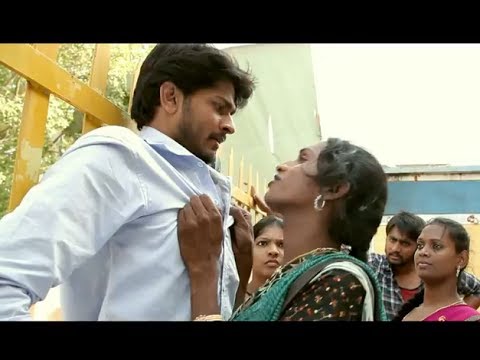
Sometimes, in their desire to create a character that is the object of ridicule, Bollywood writers cannot seem to decide whether they want to portray a transsexual or a homosexual and end up with the hijra character constantly making eyes at the hero or the male character.
Apparently they all talk and behave like ‘that’

In Hindi films, Hijras are usually extremely loud and brassy and brazen; often portrayed as one-dimensional characters with no nuance at all.
Hijras are often shown to be evil
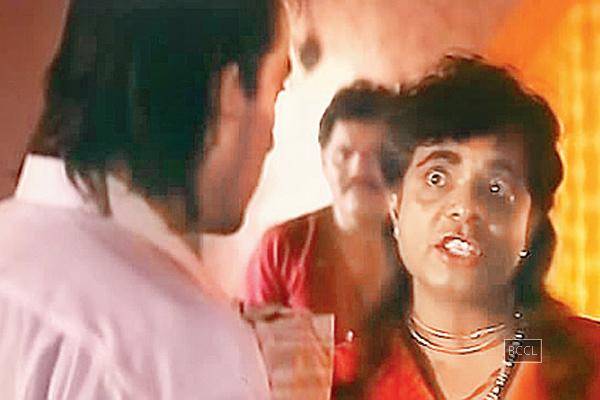
It probably stems from the ignorance coupled with the curiosity and the fear most of us view hijras with, that Bollywood as often shown transgender characters as malevolent and evil: Sadashiv Amrapurkar as Maharani in Sadak is just one example.
At times the subject is treated with some seriousness
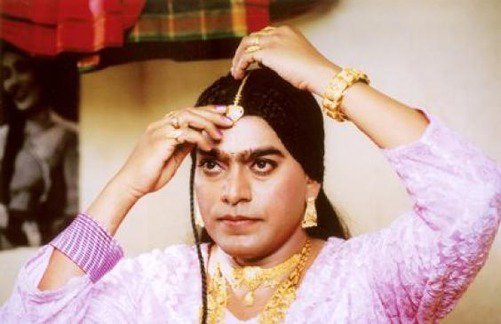
The portrayal of a hijra by Paresh Rawal in the 1997 film Tamanna was based on a real life character and actually tried to explore the emotional and physical landscape of the life of a hijra. Ashutosh Rana in and as Shabnam Mausi is another example; telling the story of India’s first transgender MLA.
There have been some sensitive hijra portrayals
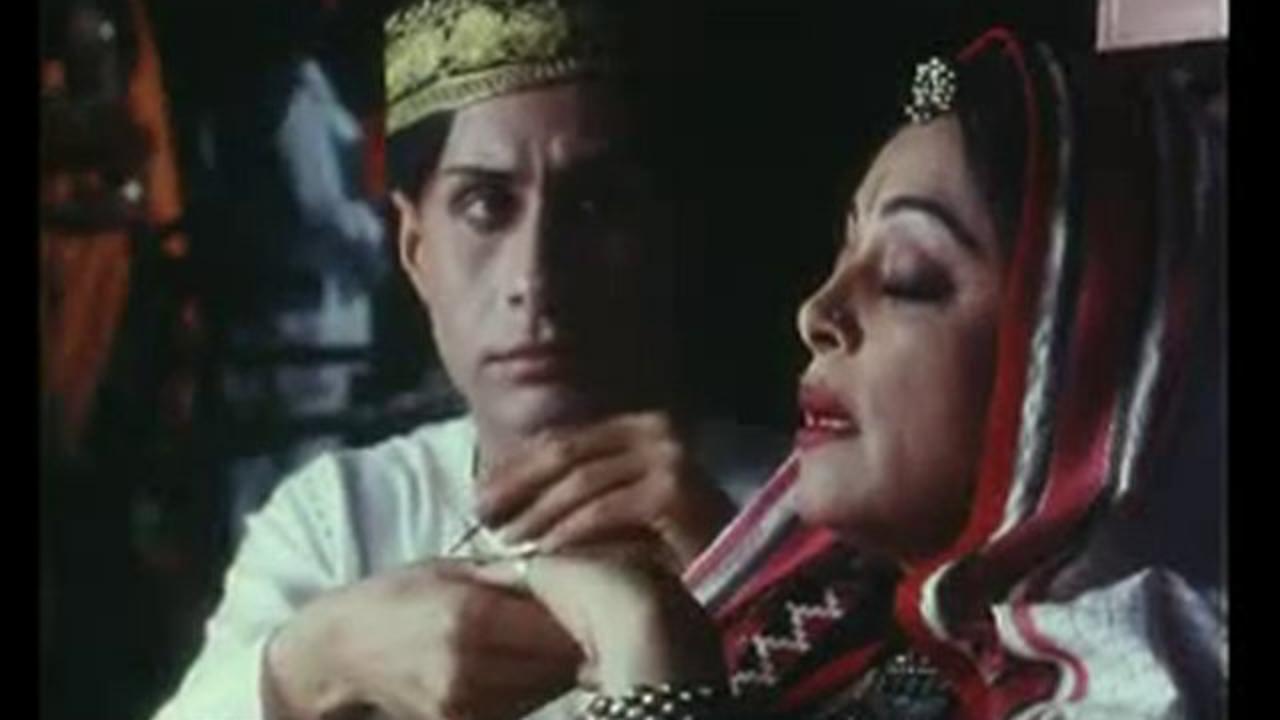
Image
Nirmal Pandey as a transvestite (cross dresser) in Daayraa explores issues such as rape and gender roles. Arif Zakaria in Darmiyaan was a sensitive and wrenching portrayal. Seema Biswas’s character in Queens! Destiny of Dance was another example of the attempt to show the lives and marginalised communities of hijras. Thankfully sometimes, Bollywood decides to depict hijras as humans rather than caricatures meant to amuse, titillate or disgust. But as the names will suggest never do they do this mainstream cinema.
Author – Reena Daruwalla





